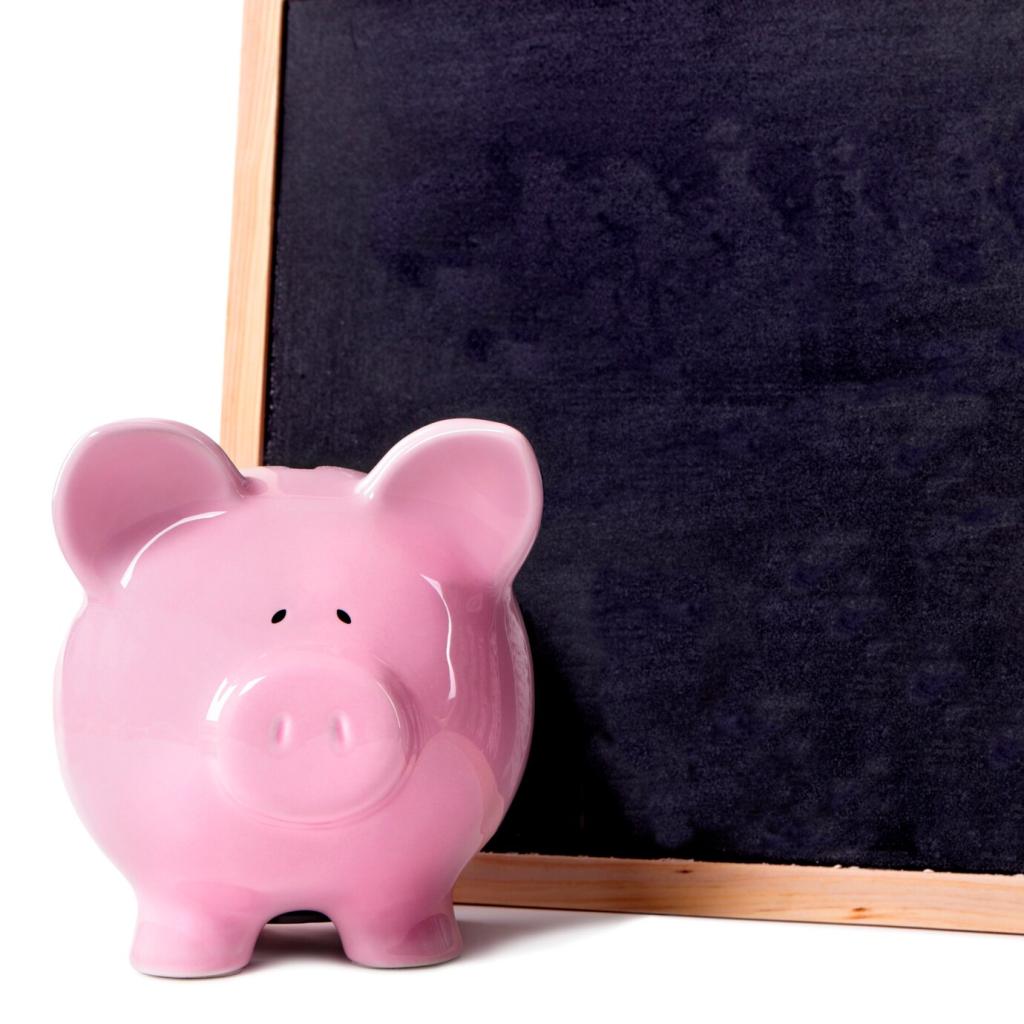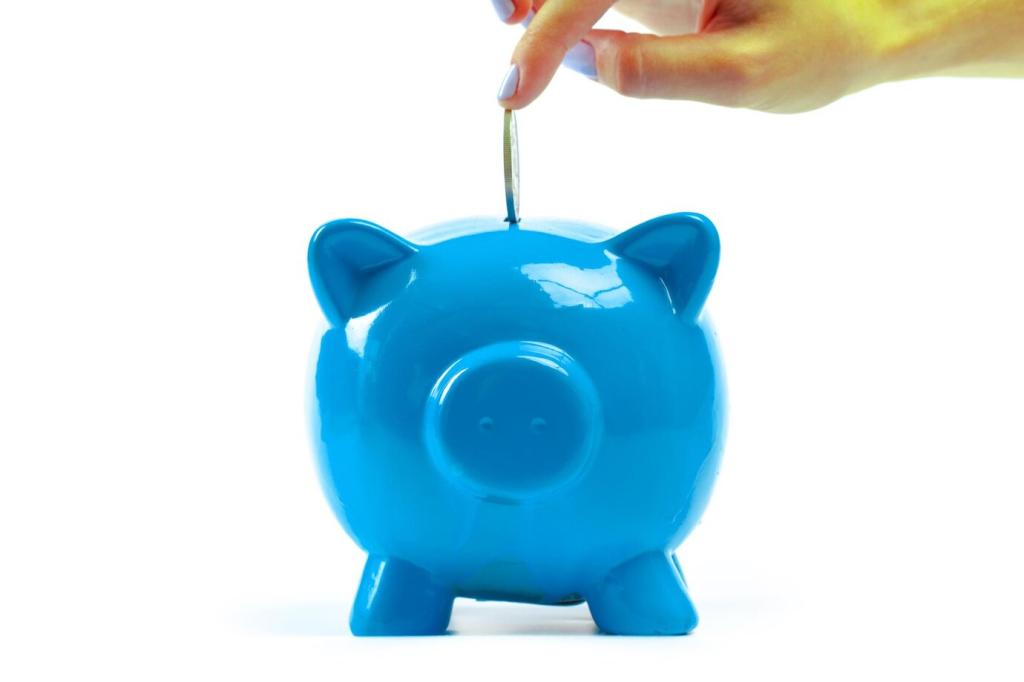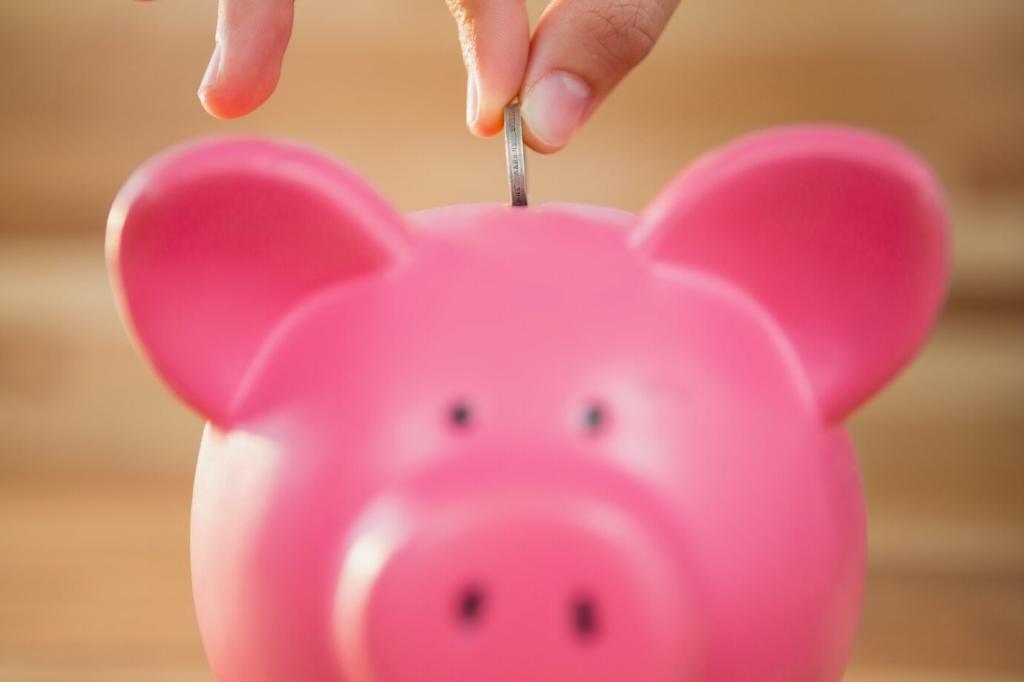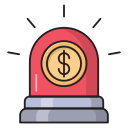
Building Your Emergency Fund: A Step-by-Step Guide
Today’s chosen theme: Building Your Emergency Fund: A Step-by-Step Guide. Let’s turn financial uncertainty into calm, practical confidence with a plan you can start today. Read on, join the conversation, and subscribe for weekly, step-by-step momentum.



Define Your Target: How Much Is Enough
Start with a fast, confidence-building win: $500–$1,000
This starter cushion covers the common annoyances that derail budgets—tires, copays, small repairs. It’s not the finish line; it’s momentum. Choose a number, set a deadline, and share your mini-goal in the comments so we can cheer you on.


Build to one month of essential expenses
Calculate only necessities: housing, utilities, groceries, transportation, insurance, minimum debt payments. One month gives meaningful breathing room. Make a simple list, total it, and set that as Tier Two. Post your number to keep yourself honest and inspired.

Day One: open, name, and separate your fund
Open a high-yield savings account solely for emergencies. Name it something motivating—Safety Net or Peace Fund. Move an initial $20–$50 today. Automate a weekly transfer, even tiny. Comment with your chosen name; words matter more than you think.

Week One: find your first $100 without pain
Audit subscriptions, renegotiate one bill, sell one unused item, and cook two extra at-home meals. Redirect every dollar immediately to your fund. Momentum compounds when you can see it growing. Share your quickest win to inspire someone starting tomorrow.
High-yield savings over checking, every time
A separate high-yield savings account keeps the money visible, earning interest, and less likely to be spent accidentally. Look for FDIC or NCUA insurance and no monthly fees. Rates change, so review annually and move if a clearly better option appears.
Accessible, but with gentle friction
Consider a different bank from your checking to add a day of transfer delay—enough to prevent impulse spending, not enough to block emergencies. Nickname the account with your goal. That tiny psychological nudge is surprisingly powerful when temptation strikes.
Avoid volatility and lockups for this purpose
Emergency cash should not live in stocks, long-term CDs, or anything requiring penalties or risking principal. You want predictable value and quick access. Save investing aggression for other goals once your safety net is strong, steady, and comfortably funded.



Use It Wisely, Rebuild Fast, Stay Motivated
What truly counts as an emergency
Think unexpected, necessary, and urgent: medical bills, car repairs, essential home fixes, temporary income gaps. Not vacations, sales, or upgrades. Create a short list in your notes app to check before withdrawing. Share yours to strengthen your decision boundary.
Withdrawal rules you can live with
Decide your sequence: get quotes, pay from the fund, document the expense, then set a refill plan within 48 hours. Clear rules prevent second-guessing. Post your personal rule in the comments and pin it somewhere you’ll actually see it during chaos.
Refill with urgency, not guilt
Emergencies are exactly what the fund is for. After using it, temporarily boost transfers, pause minor extras, and channel windfalls until you’re back at target. Celebrate the fund doing its job—then rebuilding like a pro. Subscribe for weekly accountability prompts.
